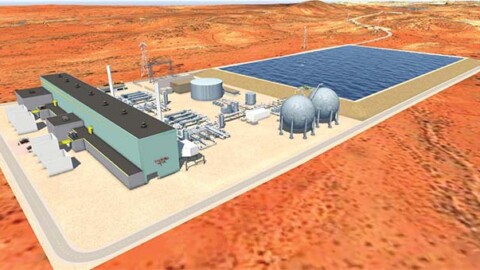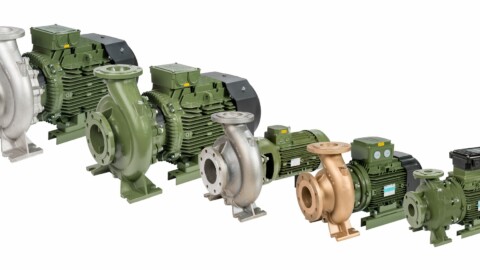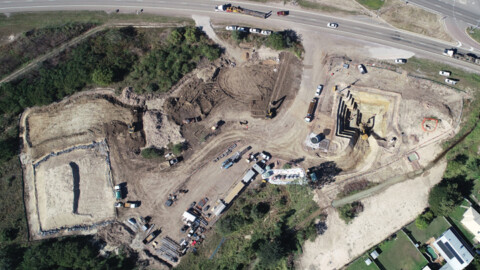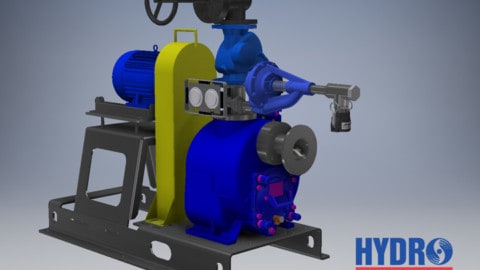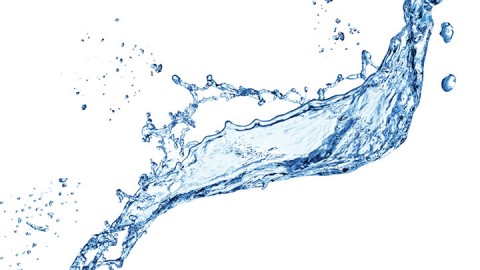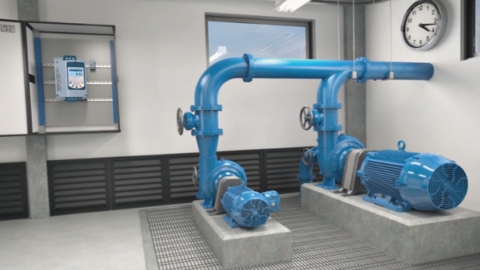Pump applications may involve handling liquid and gas mixtures either as part of the process or as a result of unwanted application conditions or upsets. Although symptoms may be similar to cavitation, the process is a little different.
Difference between cavitation and entrained gas
Cavitation is the formation and subsequent collapse of vapour bubbles that are formed when pressure within the pump drops below the vapour pressure of the pumped product.
As pressure increases within the pump, the vapour bubbles recondense (implode) resulting in shock waves that cause damage to pump components. The pumping of entrained gas is different in that the gas is non-condensable.
Centrifugal action tends to cause a separation between the liquid and gas due to differences in density. This centrifugal action moves the liquid to the outside and concentrates the gas in the eye of the impeller.
This restricts the flow area for the liquid causing significant pressure drop and hence cavitation even though NPSH calculations will indicate that cavitation should not occur.

Pump selection
The proper selection of a centrifugal pump for liquid and gas (two-phase) mixtures is highly dependent on the amount of gas and the characteristics of the liquid.
The presence of entrained gases will reduce the hydraulic performance of centrifugal pumps and can potentially cause loss of prime.
Standard centrifugal pump designs can be used for entrained gases up to four per cent by volume. For gas entrainment values above four per cent, specifically modified impellers can be used effectively.
Pump performance corrections are required in all cases with gas content from around two per cent. Gas concentrations above ten per cent can be handled, however pumps designed with specific gas handling characteristics are required e.g. vortex impeller pumps, side channel pumps and regenerative turbine pumps.
Most centrifugal pumps can handle low concentrations of entrained gas although continued gas accumulation may cause the pump to vapour lock and lose prime.
Figure 1 below shows performance variation as gas concentrations vary from zero per cent to ten per cent. At concentrations up to two per cent, the impact is relatively insignificant. Impact on performance is still reasonably acceptable up to four per cent.
As the percentage of gas increases further, the performance begins to quickly deteriorate until the pump becomes unstable and loses prime. Increasing the running clearances between the impeller and pump casing (.004 to.008mm) allows for additional leakage and this may assist in preventing loss of prime at the higher gas concentrations.
Much testing has been done by various manufacturers, however the many variables impacting on the effect of gas entrainment does not allow for presenting specific selection information.
Article courtesy of Kelair Pumps Australia “When Pump Knowledge Matters” Phone 1300 789 466, or visit www.kelairpumps.com.au.



